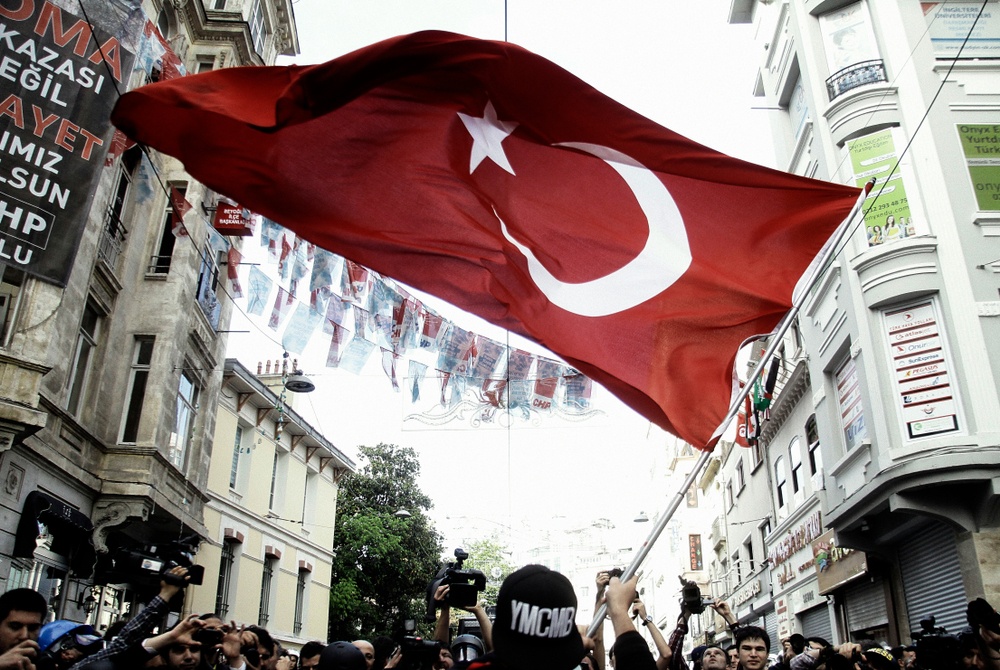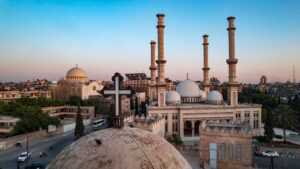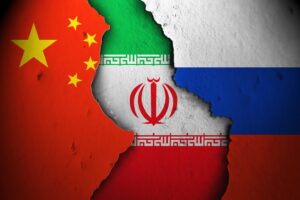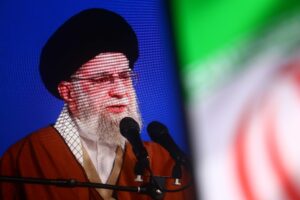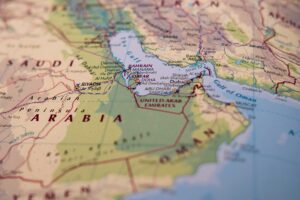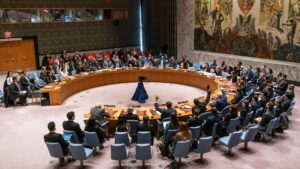On 1 January, President Erdogan’s newly picked rector for Bogazici University, one of Turkey’s most prestigious higher education institutions, sparked student protests across Istanbul. Breaking the university’s long-tradition of electing its rector through a democratic process, Erdogan intervened to appoint Melih Bulu, an outside businessman whose ties with the ruling party and poor academic background caused strong reactions from both students and academics.
The government has been eroding the independence of universities and academic freedom since the failed coup attempt in 2016.
The event was seen as another attempt to extend the government’s influence over Turkish academia. The government has been eroding the independence of universities and academic freedom since the failed coup attempt in 2016. With a governmental decree that year, Erdogan was awarded the power to appoint university rectors, allowing him to put political loyalists in charge of the academic institutions. Analysts say that his intention is to bring universities completely under his political control, and so choosing a loyalist rector for Bogazici University via presidential decree is just another symbol of the Islamist ruling party’s strengthening grip on the country’s secular institutions.
Peaceful protests across Istanbul against the new rector continue to date, and the Turkish authorities’ response followed the now-familiar blueprint: more than 560 demonstrators were detained since January, most of whom were later released. Yet, some of them were put under house arrest, while others were banned from travelling abroad. In an effort to intimidate protesters, the police used excessive force, raided students’ houses, and kept people in custody under harsh conditions.
The government’s rhetoric against the demonstrations was highly divisive and populist. Erdogan and the interior minister, Suleyman Soylu targeted LGBTQ+ protesters to rally the support of conservative Muslims. In doing so, Erdogan attacked a piece of art exhibited at the campus which displayed a Muslim holy site together with rainbow flags. The pro-government media used this exhibit as an excuse to disparage LGBTQ+ students, as protesters were labelled “terrorists” and “deviants.” However, efforts to discredit protesters before a largely conservative public appeared to fail, since many Muslim students stood up for their arrested friends, and criticised the religious manipulation behind. One month after the appointment of Bulu, Erdogan signed another presidential decree to open the Department of Law and Department of Communication at Bogazici University, attempting to change the political demographic of incumbent academics, most of whom are critics of the current government and do not accept the president’s appointed rector.
Despite the heavy-handed behaviour of the police force, continuous detentions, and smear campaigns by pro-government media, the protests spread in 38 cities across the country, joined by other university students and academics. This was not expected by Erdogan, who is accustomed to silencing dissidents effectively with the politics of fear and excessive use of force. In this regard, the student protests revealed a new dimension of Turkey’s political atmosphere. There is now a generation who has never seen Turkey without Erdogan being in power, and which compares the country with other parts of the world through social media, demanding better living standards from the government. The diverse nature of the protests showed the failure of Erdogan’s divisive politics to gain political advantage, and the diverse profile of demonstrators prevented the government from stigmatising the movement and isolating it from wider society.
The Turkish youth may no longer tolerate Erdogan’s demonising of certain groups, blaming “outside powers” for the economic recession, and witholding democracy in the name of stability following the turmoil of the 20th century. His neo-Ottomanist rhetoric, and references to the “glorious past” of the country, do not improve the financial insecurity experienced by young people, nor stop the increasing brain drain from Turkey. One in four people aged between 15 and 24 are unemployed, whilst upwards social mobility is limited. Young Kurds, who make up almost 20% of the country’s youth, feel increasingly isolated under Turkish nationalism upheld by both ruling and opposition parties. In such an atmosphere, young people may feel frustrated enough to take a risk and raise their voices in defiance.
While Erdogan seems to ignore the youth’s legitimate concerns, opposition parties are likely to turn this situation to their advantage. New figures have emerged in the opposition CHP, HDP, Deva and IYI parties who are more in tune with the young than the ruling party.
The youth’s reaction to the government’s interference in Bogazici University’s rectorship is another example of how unhappy young people are with the current political atmosphere. Despite their differences, they were united by a shared desire for justice and equality for all. While Erdogan seems to ignore the youth’s legitimate concerns, opposition parties are likely to turn this situation to their advantage. New figures have emerged in the opposition CHP, HDP, Deva and IYI parties who are more in tune with the young than the ruling party. They continuously advocate the interests of “Generation Z” on digital platforms and social media, leaving them well-placed to gain the support of the nearly six million new voters who will participate in the next elections. As the new generation’s demand for civil liberties intensifies, Erdogan, with his authoritarian approach to politics, appears to be losing support from Turkey’s youth.

